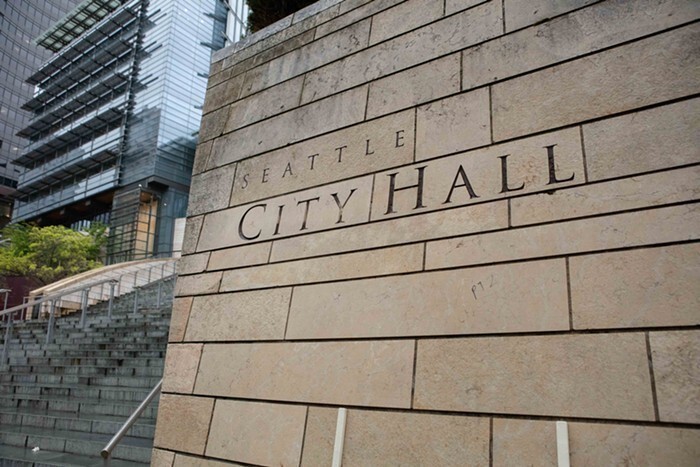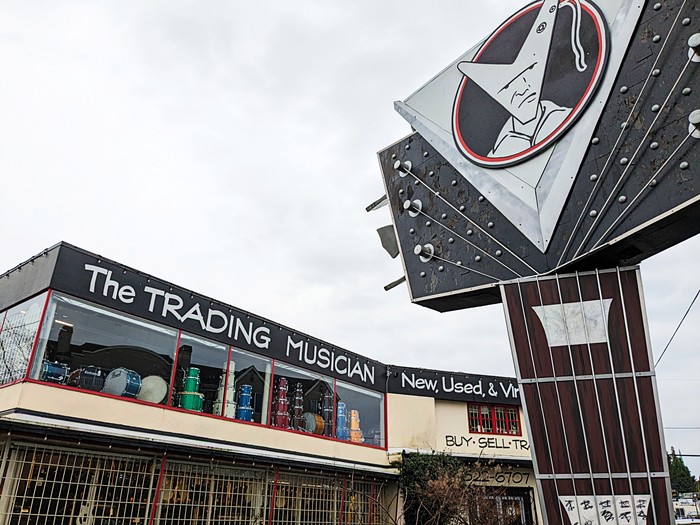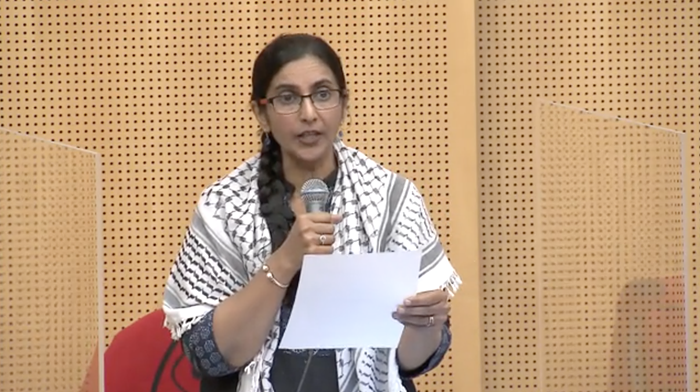
Hilary Franz, the current commissioner of the Washington Department of Natural Resources, watched the Carlton Complex Fire, a 2014 firestorm that cost Washington around $98 million in damages, tear through canyons. It moved quickly, eating up forest and spitting out smoke. The blaze was unfathomably huge—a "crown" fire, a type of fire where the flames licked the upper part of the trees, spreading from treetop to treetop.
And then, she said, it stopped. It reached a boundary between an untreated forest and a treated forest.
"The fire literally just stops. It's a clean line," Franz told The Stranger. "The trees are healthier and stronger so they can withstand the fires and it doesn’t have the fuel of those crazy fires. It lays down at its feet."
Franz and the Department of Natural Resources (DNR) are trying to solve a massive problem: Washington's 2.7 million acres of forest land is in poor health. They need money to restore it. There's currently a bill in the Legislature that would allocate $62.5 million annually to fire prevention and fire fighting. With wildfire season quickly approaching, it's not clear whether the DNR will get the money it needs.
A combination of hotter and drier conditions, diseased trees, and insect infection has created dense, overcrowded forests with a forest floor of detritus. It's the perfect recipe to fuel an out-of-control wildfire. Part of why we have these overgrown forests in eastern Washington is because prescribed fires and controlled burns went out of fashion back in the early 20th century to protect lumber industry interests.
"The Smokey the Bear campaign felt that fire was hurting forests and destroying forests," Derek Churchill, a forest health scientist with the DNR told The Stranger. "That partly came from the big fires in the beginning of the century and really reviewing the forests through the lens of forest production—fire does kill trees and it’s a threat to your timber value."
Though that mentality has mostly faded, the process of cleaning up forests, especially if the Legislature doesn't dole out the money Franz is asking for, depends partly on the lumber industry.
To treat a forest, the DNR must remove diseased and small trees. With regular fires, forests were more resilient; they would root out the weaker trees and leave forests much more open with bigger, fire-resistant trees. Without that regular fire, smaller trees and species that weren't fire-resistant grew. The DNR has to remove those. They also need to find a way to sell them.
With larger trees, the DNR can sell that lumber dependably to mills and the restoration will pay for itself. But, the small trees don’t have much commercial value. There needs to be an investment to treat those areas.
Except, the DNR has found a solution: cross-laminated timber, or CLT.
"When we take those dead, dying, diseased trees—and also the small diameter trees—we can actually send it to the mills," Franz said. "We can make it into a wood product called cross-laminated timber that creates more affordable housing."
CLT is made by "crisscrossing and laminating layers of lumber into large panels, a process that allows relatively small trees harvested during forest thinning to be used for structural elements," according to Seattle Business Magazine. It's an environmentally-friendly building material that also happens to be inexpensive to use. It's something that has breathed new life into the timber industry, producing the tallest timber-construction in the world in Europe. Though we're behind the times here, it's probably the future of the region—one that will also facilitate and aid sustainable forestry.
There are currently two CLT mills in the works, according to Franz. One in Colville, north of Spokane, and one in Vancouver in southwest Washington.
"With one mill coming on in the southwest and one in the northeast, it will create an economic opportunity from this significant problem and also create a social solution," Franz said. "By treating the forest before the fire comes to it we can turn [that lumber] into a product that grows our rural communities, a product that we can bring into our urban areas that will address affordable housing."
Currently, DNR's budget for forest health—going into the forests and clearing the small trees, removing the detritus, and creating small controlled burns—is about $13 million, according to Franz. With that money, they're only able to treat about 30,000 acres. The forest health plan passed in 2017 has the DNR as well as all types of forest landowners, from the federal government, to tribes, to private landowners are banding together to treat around 60,000 to 70,000 acres a year. Over 20 years 1.25 million acres will be treated.
"If we have designated funding we may be able to treat more forests faster," Franz said, explaining the importance of the DNR funding plan in the Legislature. "We could move the 20-year forest health plan down to 10 and 15 years."
The bill has not yet passed out of the Senate Ways & Means Committee.



















